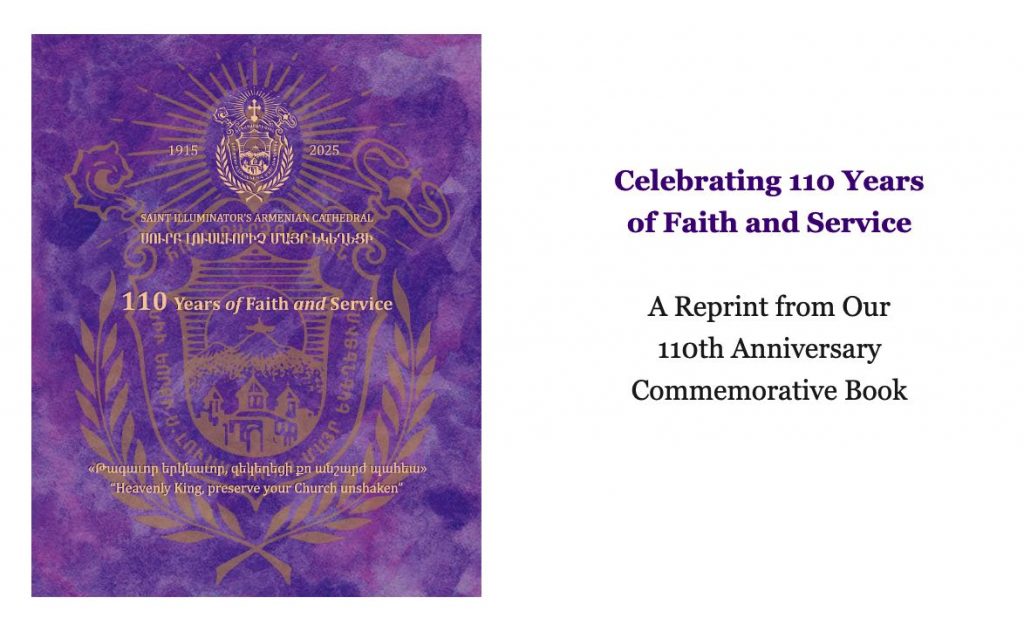With Recognition and Gratitude

Our 110th Anniversary Donors
With Recognition and Gratitude
We remember with the most profound gratitude Mrs. Azadouhi Zarukian, of blessed memory, whose singularly generous donation in 2016 set Mayr Yegeghetsi on solid financial foundations. She is joined in her example by others, such as the Tashjian Family, the Dermksian Family, the Caprielian Family, and the Thelma Gulamerian Estate. There are many more who came before to whom we are especially grateful, such as the Vernon Callian Estate, Tina Carolan and Family, Leon Chutjian, the Ara Gazarian Trust, Ardashes Mardirosian, the Hripsime Minassian Fund, the Norian Family Estate, the John Pashalian Fund, and the Arthur Tarpinian Estate. It is the uncommon generosity of many of these latter donors that made possible the restoration of Mayr Yegeghetsi. We thank all who are named above and declare them all Honorary Diamond Donors. May their example of generosity toward Mayr Yegeghetsi endure and continue to inspire.
Pay to all what is due them: . . . respect to whom respect is due, honor to whom honor is due”
— Romans 13:7
 Azadouhi Zarukian (1923–2024) with H. E. Archbishop Anoushavan and Der Mesrob.
Azadouhi Zarukian (1923–2024) with H. E. Archbishop Anoushavan and Der Mesrob.
Mathew 6:1-4





















